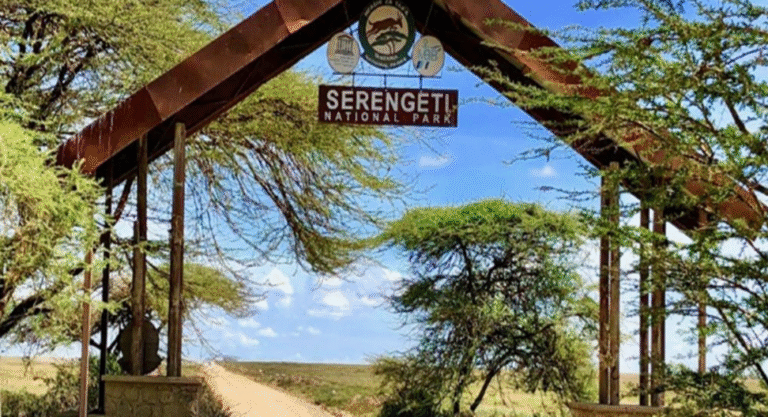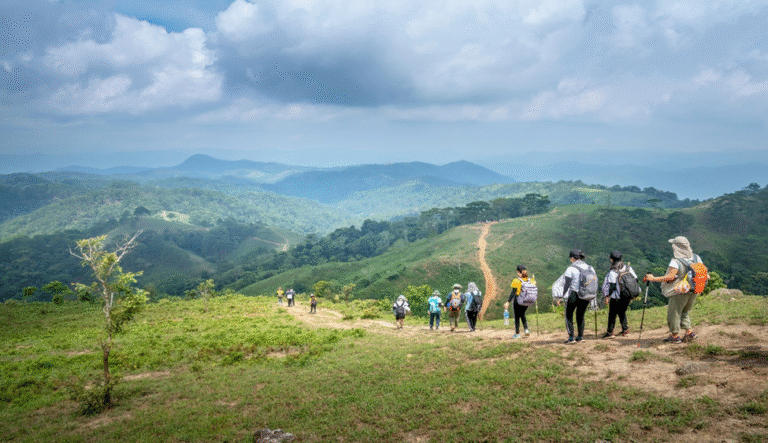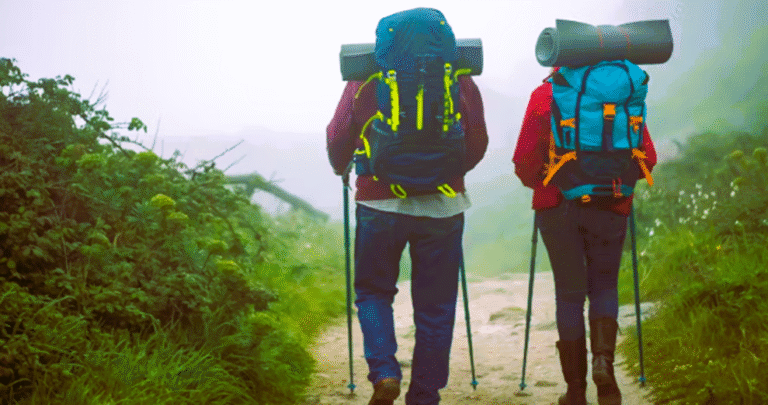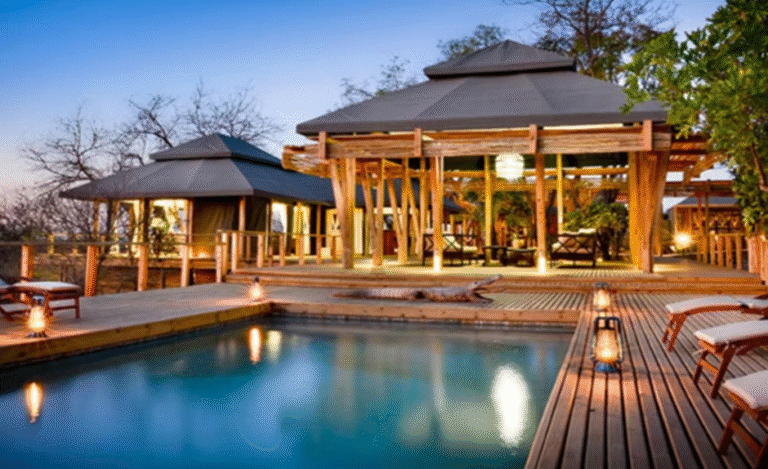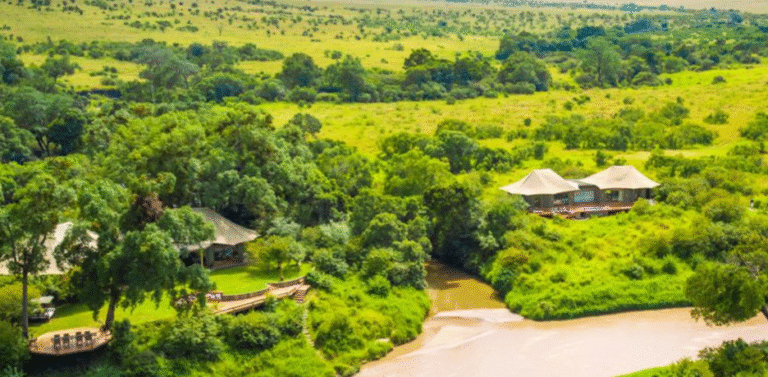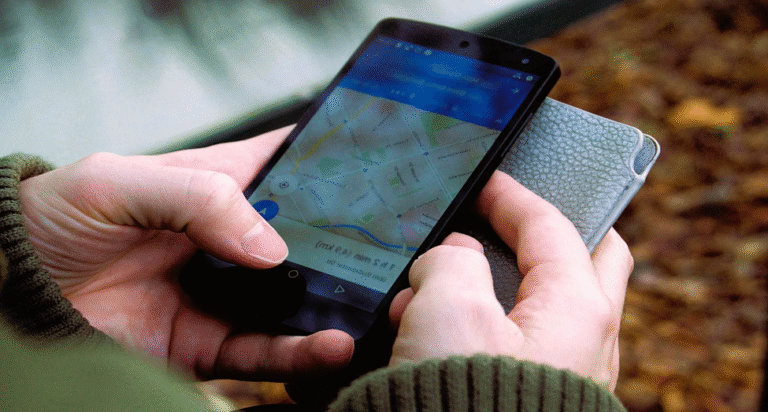
A good camping stove is required for backpacking expeditions. It allows you to cook meals, boil water, and eat warm foods. With so many options available, selecting the proper stove can be difficult. This guide will help you pick the best camping stove for backpacking.
Why a Camping Stove Is Important

A camping stove makes outdoor cooking convenient and efficient. Stoves are safer and more reliable than open fires. They’re also allowed in places where open fires are banned. A good stove saves time and energy, letting you enjoy your meal quickly.
Types of Camping Stoves
Camping stoves come in a variety of styles. Each has distinct properties that meet the demands of different hikers.
1. Canister Stoves

Canister stoves are small and simple to use. They use fuel canisters, usually with propane (LPG) or isobutane. These stoves are light and easy to set up. They work well in warm weather but might not work as well in extreme cold.
2. Liquid Fuel Stoves

Liquid fuel camping stove uses white gas, kerosene, or regular gasoline. It works well even in cold weather and high places. This stove is good for long trips when fuel might be hard to find. But it needs more care and is heavier.
3. Alcohol Stoves

Alcohol stoves are light and affordable. They run on modified alcohol, which you can easily find. They’re ideal for ultralight backpacking, but they produce very little heat. Alcohol stoves are great for basic meals and take longer to boil water.
4. Wood-burning stoves

Wood-burning stoves use natural fuels such as sticks and leaves. They are environment friendly and require no fuel canisters. However, they require dry wood and are not appropriate for wet or windy situations. They’re an excellent choice for lightweight hikers who enjoy foraging.
5. Solid Fuel Stoves

Solid fuel hiking stove uses fuel tablets, which is small and easy to transport. This stove is basic, but have a modest heat output. This is suited for minimalist hikers who require basic heating. Solid fuel may be rare, so plan appropriately.
Factors to Consider When Choosing a Camping Stove

Several factors influence which camping stove is best for you.
Here’s a look at what to consider before buying.
1. Weight and Portability
Backpacking requires light and compact gear. A lightweight stove reduces your pack’s weight and bulk. Canister and alcohol stoves are generally the lightest options. Choose a stove that’s easy to pack without taking up too much space.
2. Fuel type and availability.
Consider the type of fuel you’ll need. Canister fuel is convenient, although it is not always available in distant locations. Liquid fuel is more adaptable and reusable. Wood and solid fuel stoves use less fuel but are more environment friendly.
3. Cooking Time and Efficiency
Cooking times vary depending on the stove. Canister stoves usually boil water the fastest. Alcohol and wood stoves may take longer. Longer trips benefit from efficiency, which lowers fuel use. To reduce fuel use, look for stoves that are designed efficiently.
4. Weather Conditions
The weather may affect the operation of your stove. Liquid fuel stoves work especially well in cold or windy circumstances. Canister stoves may suffer in colder weather. Windshields help stoves work better in windy weather.
5. Ease of Use and Setup
For a long hike, you need a camping stove that’s easy to set up. Canister stoves are simple to use. Liquid fuel stoves need some work to get them ready. Alcohol and solid fuel stoves are easy too but may need extra care to keep them steady.
6. Safety and Stability
Safety is essential particularly in uneven terrain. Pick a stove that is steady and won’t fall over. To assist them keep upright, some stoves feature wide bottoms. To prevent leaks, make sure the stove and fuel have a good connection. Aim for safe use prior to your travel.
Top Camping Stoves for Backpacking
Here are several common camping stoves for backpackers.
1. MSR Pocket Rocket 2

The MSR Pocket Rocket 2 is a dependable canister stove. It is light, small, and swiftly boils water. It is easy to put together and folds up small. This stove is great for single travelers who require quick heat.
2. Jetboil Flash

The Jetboil Flash is well-known for its high efficiency. It includes an integrated pot for rapid boiling. The Jetboil is ideal for people who value speed and convenience. It is significantly heavier, but ideal for short backpacking journeys.
3. MSR Whisper Lite International

MSR Whisper Lite International is a popular liquid fuel stove. It works in all-weather situations and runs on a variety of fuels. This stove is both strong and efficient, making it perfect for lengthy travels and high altitudes.
4. Solo Stove Lite

The Solo Stove Lite uses wood as its fuel source. It’s eco-friendly because it uses natural fuels like twigs and leaves. It’s lightweight and compact, ideal for minimalists. However, starting a fire takes dry wood and time.
5. Esbit Pocket Stove

The Esbit Pocket Stove is a simple solid fuel option. It’s compact and ultralight, making it great for short trips. It’s best for boiling water and simple meals. This stove is a good option due to its small size.
Tips for using a camping stove
Using a camping stove takes caution and preparation. Follow these suggestions to ensure a safe and pleasurable experience.
1. Practice at home
Try using your stove at home before your trip. This helps you learn how to set it up and use it. Practice lighting the stove and controlling the flame so you won’t be surprised later.
2. Check fuel levels
Always bring sufficient fuel for your trip. Calculate your fuel requirements based on cooking time. For liquid fuel, make sure the bottle is full and secure. Check the weight of canisters to assess how much fuel remain
3. Use a windscreen

A windshield boosts stove efficiency in windy circumstances. It protects the flame, making cooking faster. Windscreens surrounding canister stoves should be used with caution because heat accumulation can be dangerous.
4. Cook on level ground.
Find a level and stable platform for your stove. Uneven ground makes it easier for the stove to tip over. If feasible, clear a small area of rocks and trash to ensure a safe setup.
5. Maintain a safe distance.
Keep your stove away from tents and burnable stuff. A safe distance helps to prevent accidental fires. Always keep water handy to put out any potential flames.
Maintaining Your Camping Stove
Taking care of your camping stove helps it last longer. Clean and check it after each trip. If you have a liquid fuel stove, check the fuel lines and connections for leaks. Clean the burner and take out any dirt. Keep the stove in a dry place so it doesn’t get rusty.

The finest camping stove for backpacking is determined by your specific requirements. Consider the weight, fuel type, and cooking efficiency. Canister stoves are lightweight and practical. Liquid fuel stoves can withstand harsh weather conditions. Alcohol, wood, and solid fuel stoves are ideal for minimalist backpackers. With the correct burner, you can have hot meals and drinks on the route. Choose wisely, and prepare for delightful outdoor adventures!
FAQ’s
What are the main types of camping stoves for backpacking?
What factors should I consider when choosing a camping stove?
Which camping stove is best for long backpacking trips?
How do I safely use a camping stove while backpacking?
What is the best way to maintain a camping stove?

